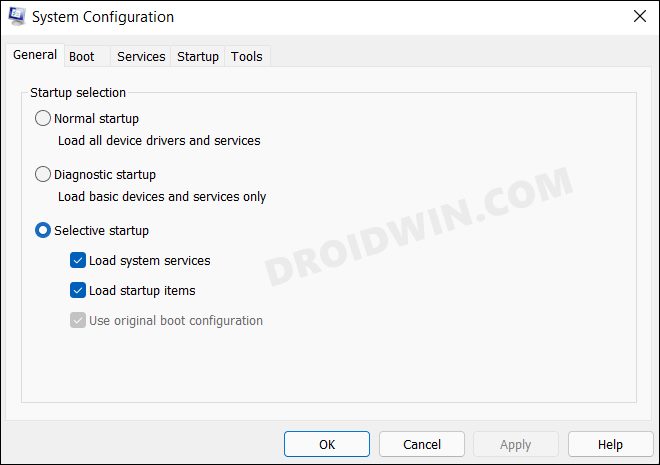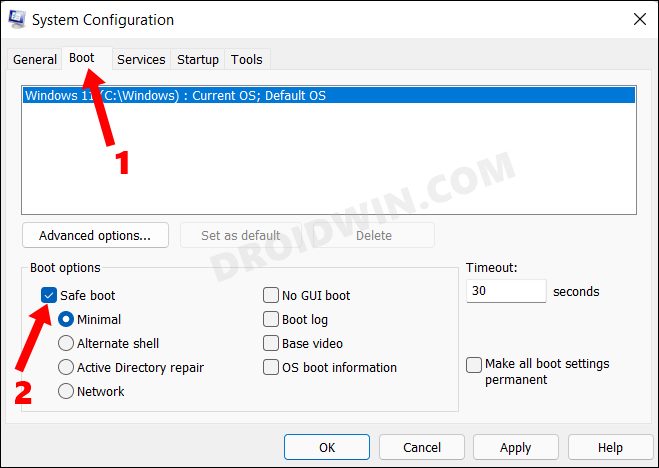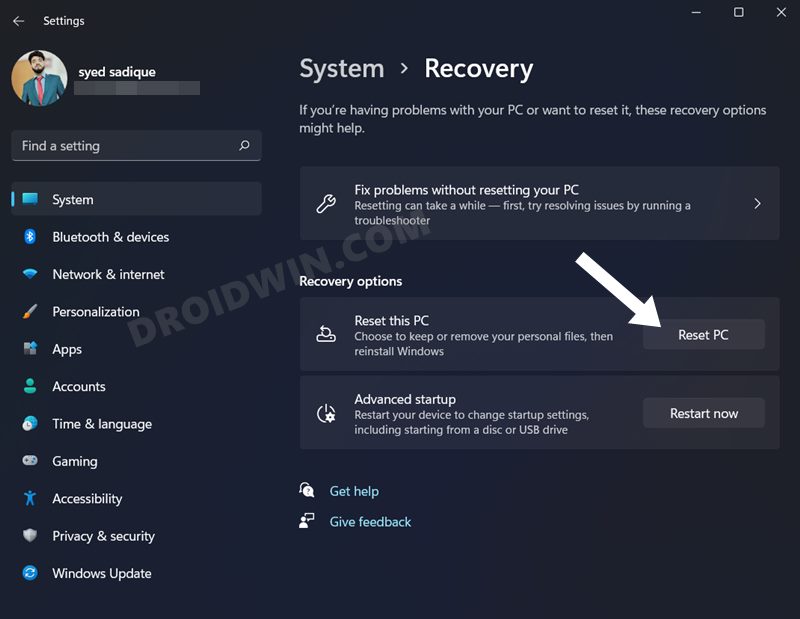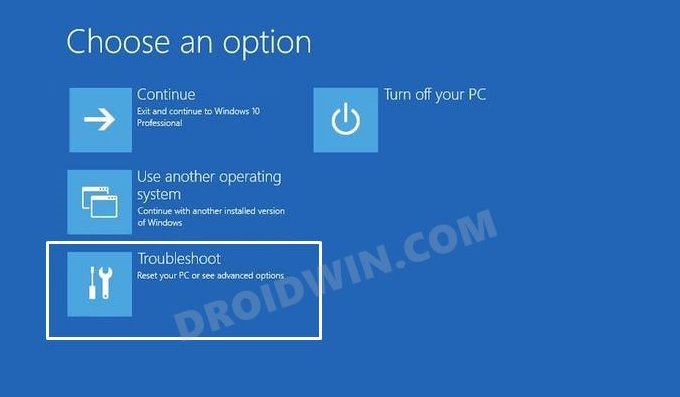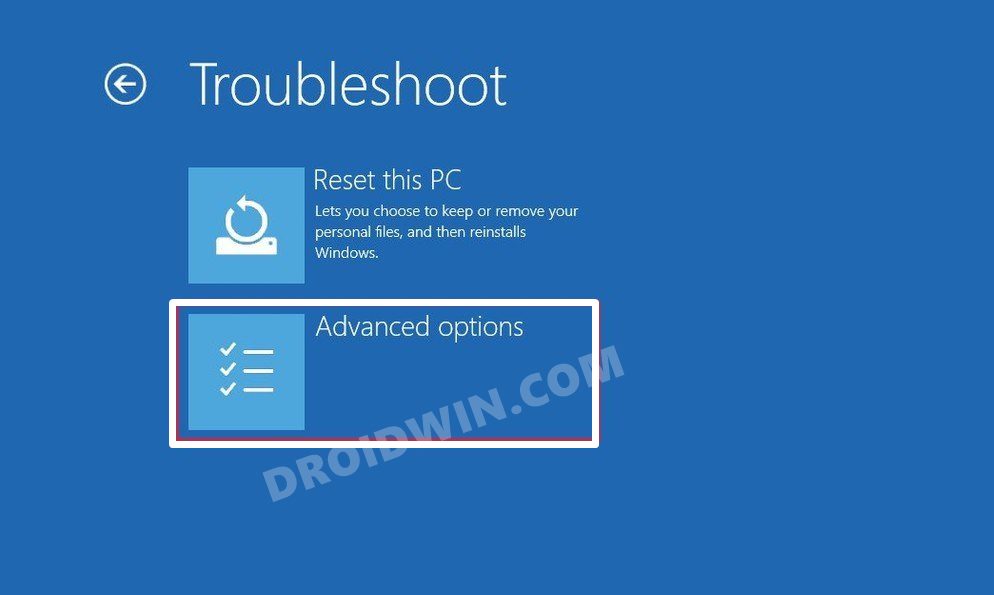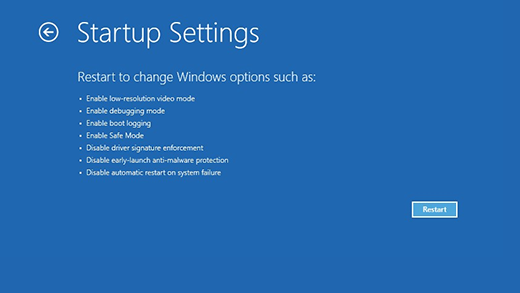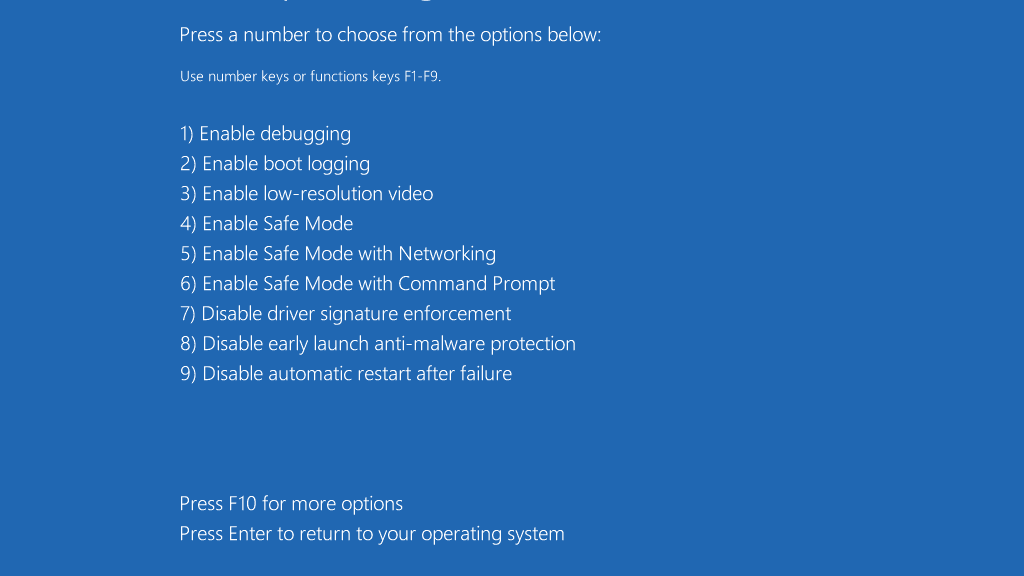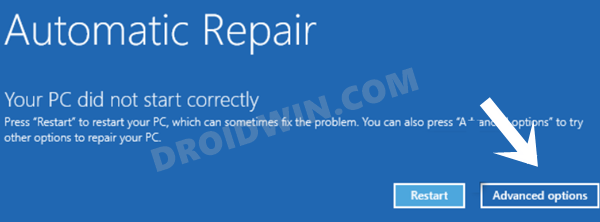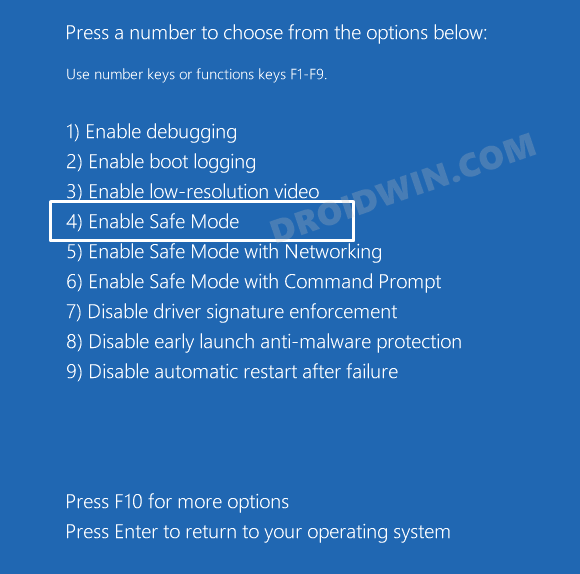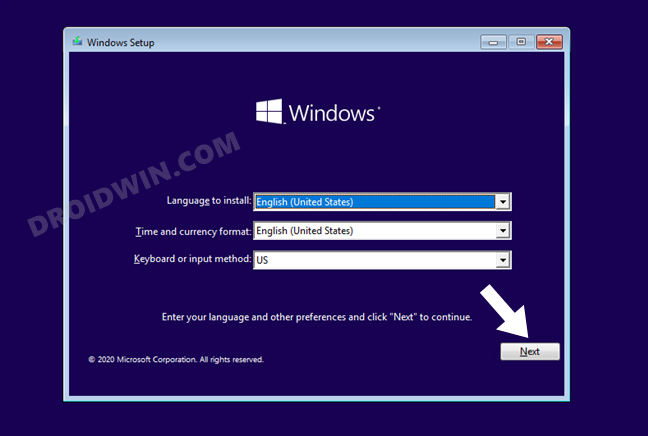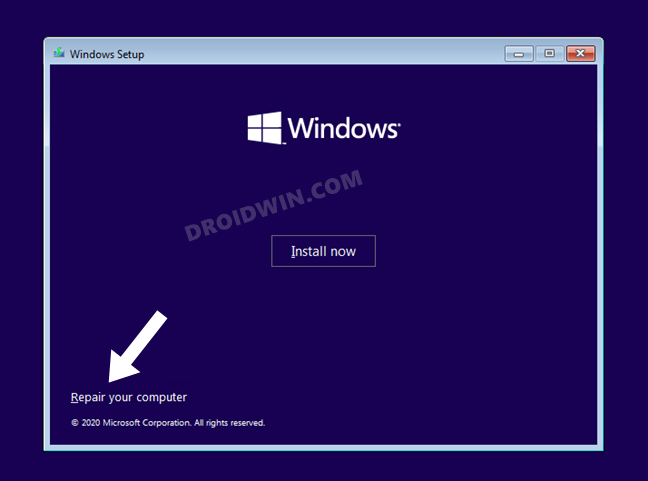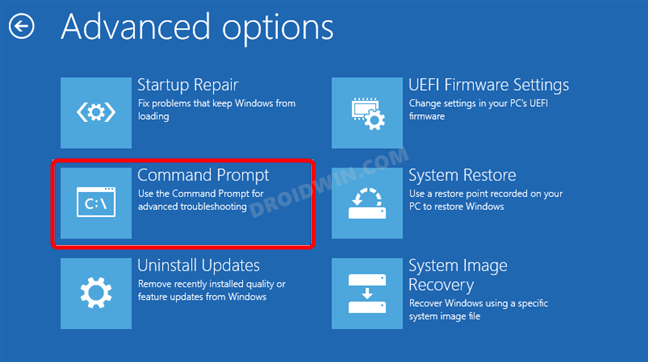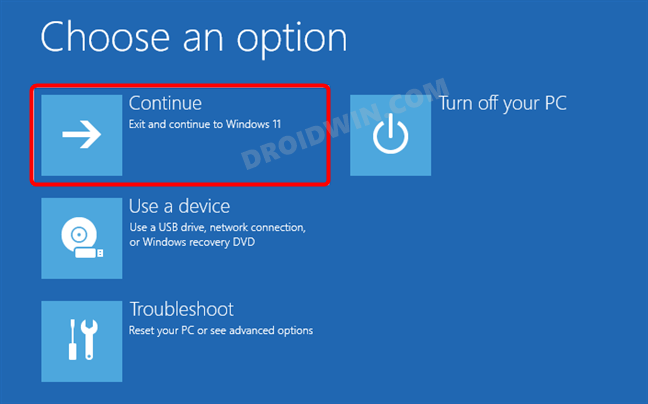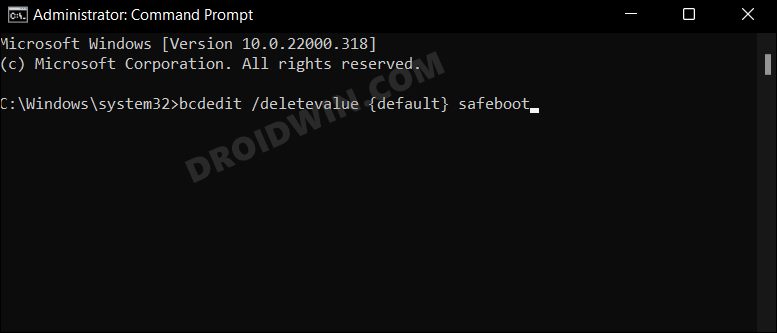But no matter the root cause of this issue, most of them follow a similar pattern of troubleshooting steps. In this regard, you might have across two fixes more often than not- performing a Clean Boot or booting your Windows 11 PC to Safe Mode. And in this guide, we will be focusing on the latter one. But before that, let’s check out what exactly is a Safe Safe and how does it differ from a Clean Boot.
What is Safe Mode in 11?
Safe Mode is a diagnostic mode in Windows that is used to troubleshoot hardware-related issues, especially the ones that have corrupted the system files and in turn prevent the OS from booting properly. When your PC boots to Safe Mode, all the third-party apps, services, and drivers are disabled. Only the essential drivers and services that are crucial for the proper functioning of the OS are allowed to run. As a result, if the underlying issue is rectified in this mode, then you could surely place your bet that a third-party app was the root cause of this issue. So your next course of action should be to uninstall all such apps (one at a time) that were installed just before the occurrence of that issue. And more often than not, it would fix the underlying issue as well. But how does it differ from a Clean Boot of the OS?
What is the Difference Between Clean Boot and Safe Mode
Safe Mode is used to diagnose and troubleshoot hardware-related issues whereas the Clean Mode is used to troubleshoot software-related issues that might be causing an issue in the proper functioning of the OS. In other words, its eyes are set on the user-installed apps and it always starts its diagnostics with those apps only.
Moreover, Safe Mode automatically disables all the apps and services, and even most of the system apps. On the other hand, Clean Boot only disables the third-party app, and you would have to manually instruct it to disable the Microsoft services. So with this, you would have got a decent idea regarding the differences between both these modes. Let’s now check out the steps to boot your Windows 11 PC to Safe Mode.
How to Boot Windows 11 to Safe Mode
There exist quite a few different methods through which you could boot your Windows 11 PC to the Safe Mode. And in this guide, we will make you aware of the four most common and easy to execute methods. So without any further ado, let’s get started.
Method 1: Via System Configuration Menu
This is the most straightforward and direct method to boot your Windows 11 PC to the Safe Mode, granted that your PC is up and running normally.
Method 2: Via Windows Recovery Environment
Method 3: Boot to Safe Mode when you cannot Access OS
If you are unable to access the OS, then you wouldn’t be able to reach the Settings page. Well, fret not. You could still reach the Safe Mode by manually invoking the Repair option. Here’s how:
Method 4: Boot to Safe Mode via USB
If you have a bootable USB with the Windows 11 installation file, then you could also use it to boot your Windows 11 PC to the Safe Mode. If you don’t have one but prefer to use this method, then take a USB with at least 8 GB free storage space and then use the Windows 11 Installation Assistant to create a bootable USB and then mount the Windows 11 setup inside it. You just need to follow the on-screen instructions, the rest will be taken care of by that tool. Once that is done, you may then proceed with the below steps:
How to Exit Safe Mode in Windows 11
If you have used the first or second method to boot your PC to Safe Mode, then the next restart will automatically boot your PC to the normal mode. However, if you have opted for the third method, then you will have to manually instruct it to leave the Safe Mode, otherwise, your PC will boot to this mode every time. To do so, launch the CMD window either from the Safe Mode or via the Recovery Environment (Troubleshoot > Command Prompt) and then execute the below command in it:
That’s it. These were the steps to boot your Windows 11 PC to Safe Mode. Likewise, we have also listed out the steps to exit this Safe Mode. If you have any queries concerning the aforementioned steps, do let us know in the comments. We will get back to you with a solution at the earliest.
About Chief Editor

